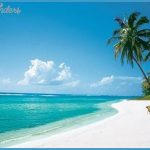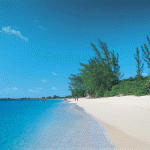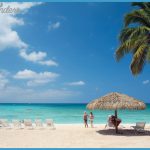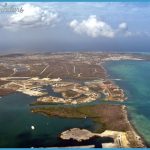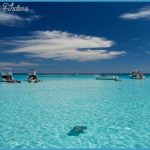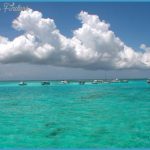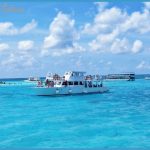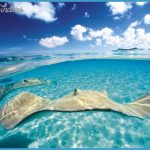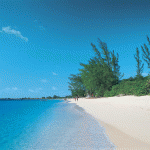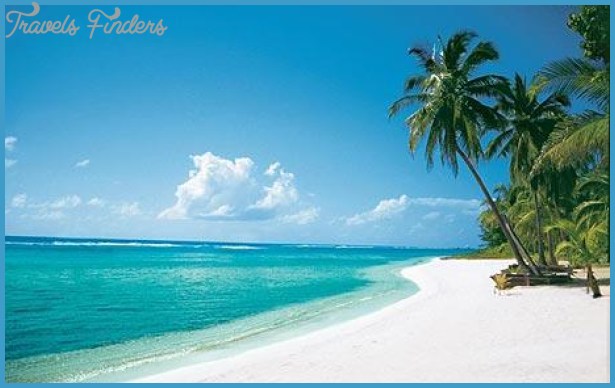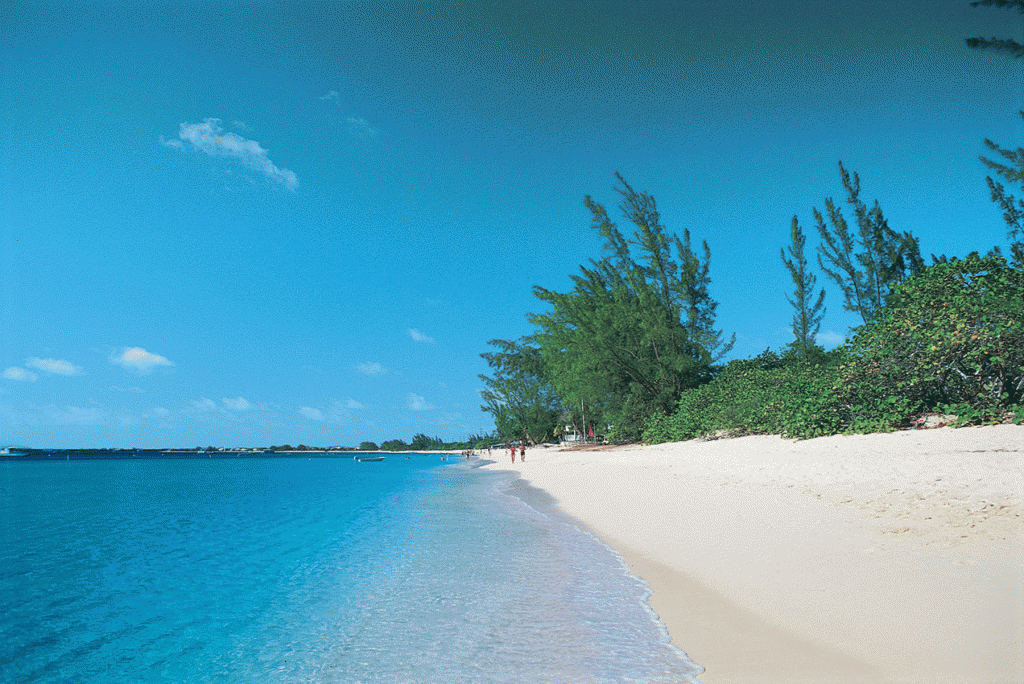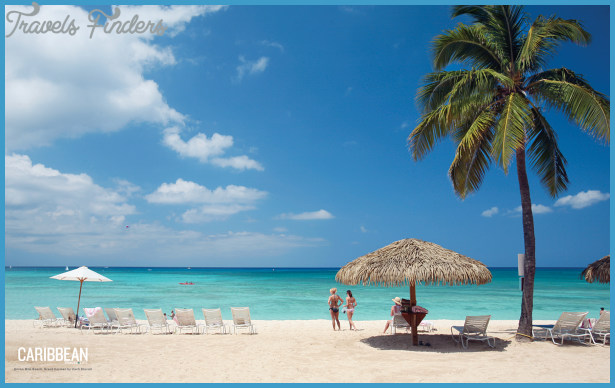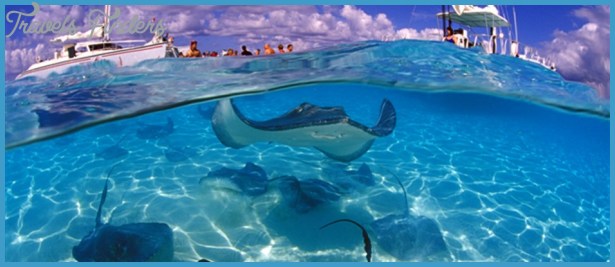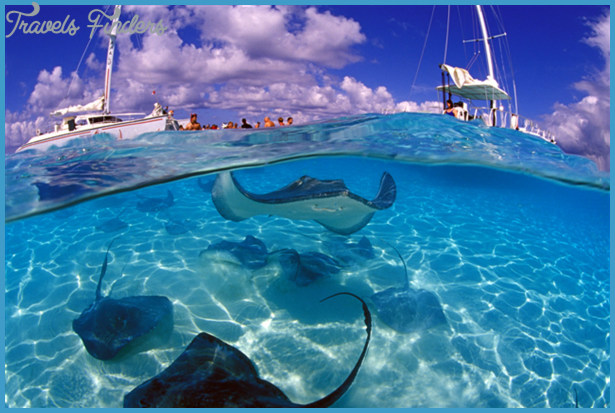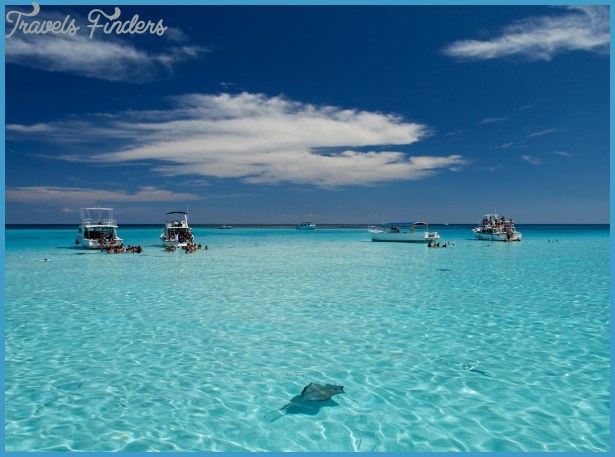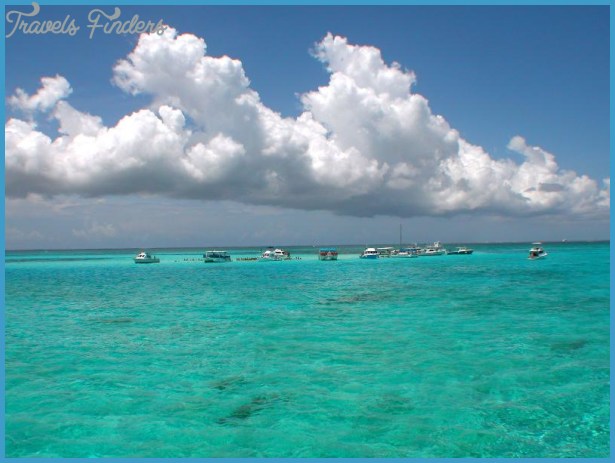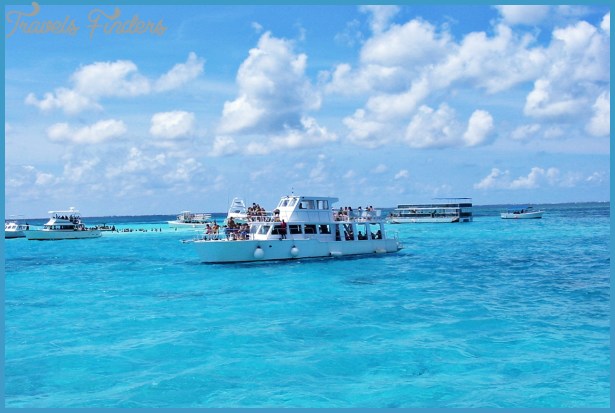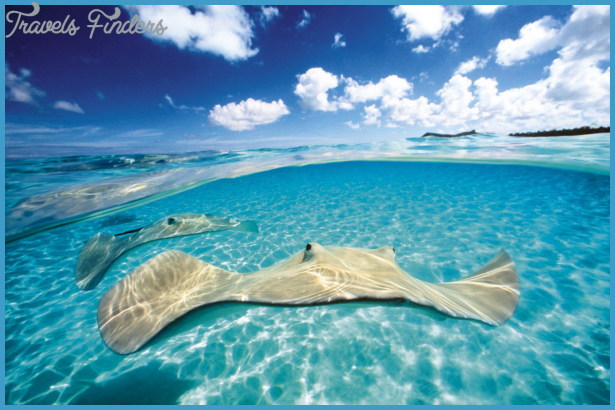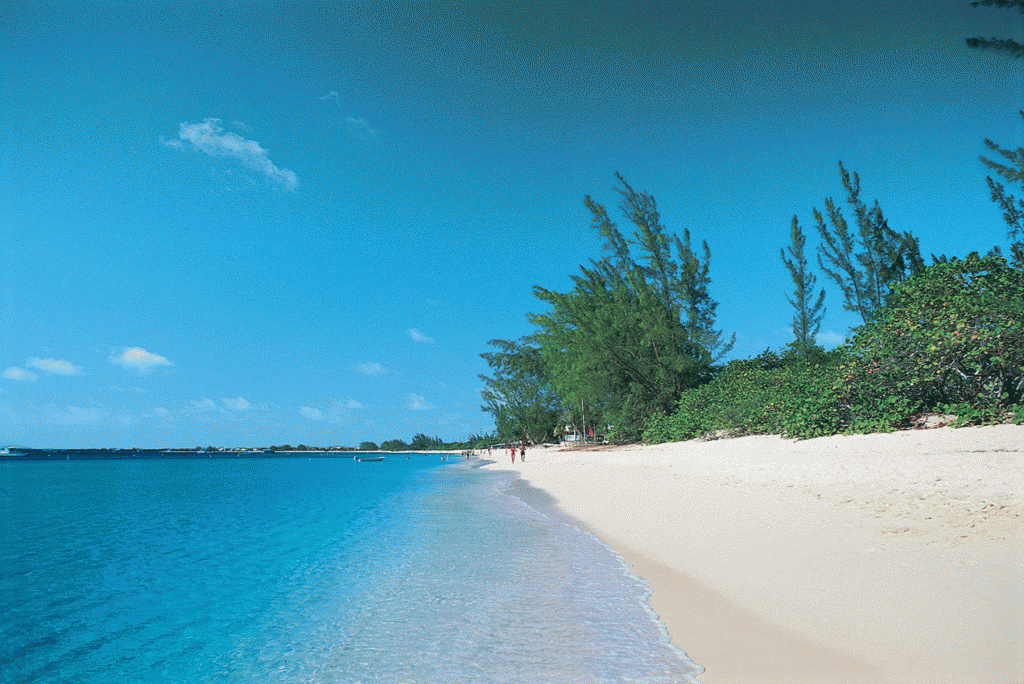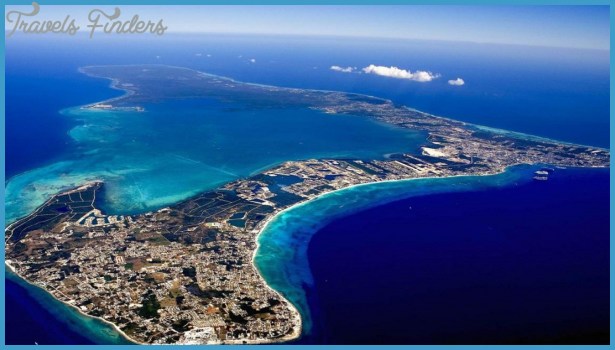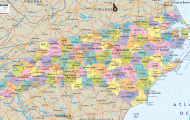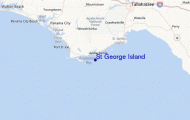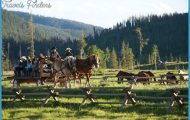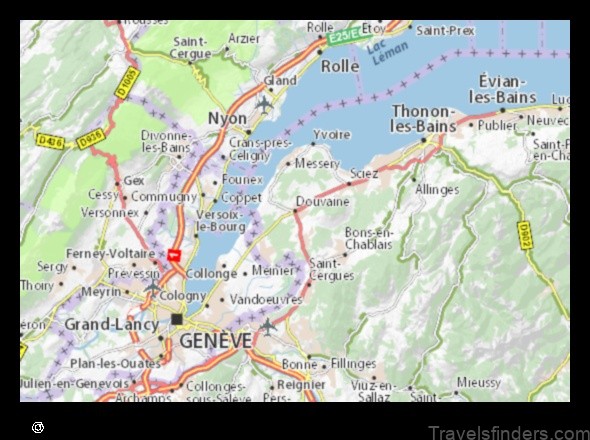The Cayman Islands, a British Crown Colony of 17,000 people, lying 470 miles south of Miami, offers one of the best models for tourist development found worldwide. (Together the total area is less than the borough of Brooklyn, New York.) The three islands that make up the Colony have several historical and geographical advantages. Beautiful beaches, one seven miles long, quiet bays and year-around water temperatures of between eighty and eighty-five degrees have helped keep annual room occupancy close to 85 percent. Like so many of the Caribbean islands that are not of volcanic origin, the Caymans barely stick their heads above water. A large part of the accommodations are in the form of condominiums that have proved excellent investments by the Americans who own them. (Avoid visiting in the summer unless you do not mind high humidity.)
The islands were never bedeviled by slavery because most early arrivals were shipwrecked English, Irish and Scotsmen, deserters from Cromwell’s army in Jamaica or buccaneers hiding from the Royal Navy. Today about 40 percent of the residents are black. Subsistence farming, fishing and catching turtles were the principal occupations until after 1960, when tourism and tax-haven banking came along. Well over 400 banks have located in Georgetown and, emulating the Swiss, arrange for secret bank accounts to avoid and evade national taxes.
Tourism growth has been measured, construction of high-rise hotels banned and immigration controlled. The people’s friendliness, the proximity of the islands to the United States and sensible government policy have made the Caymans the most prosperous of Caribbean islands. The big attractions are the climate and the surrounding waters, where the bottom can be seen two hundred feet in depth. Low-rise hotels served up with a British accent are places to rest between sunning, snorkeling and scuba diving. Forty percent of the visitors are scuba divers. Most are between the ages of 25 and 36. Of the 125,000 visitors to the islands each year, 75 percent are Americans. Grand Cayman, the major island, also has a unique tourist attraction, a ten-acre turtle farm where ten thousand turtles are raised at a time. It is said that when the turtles believe they are to be slaughtered, they cry with tears dropping from their eyes.
Hispaniola, to the east and slightly south of Cuba, contains Haiti, which occupies the western third of the island, and the Dominican Republic, which takes up the rest. Border disputes are not uncommon. Both have been dictatorships or militarily run for most of their national lives.

